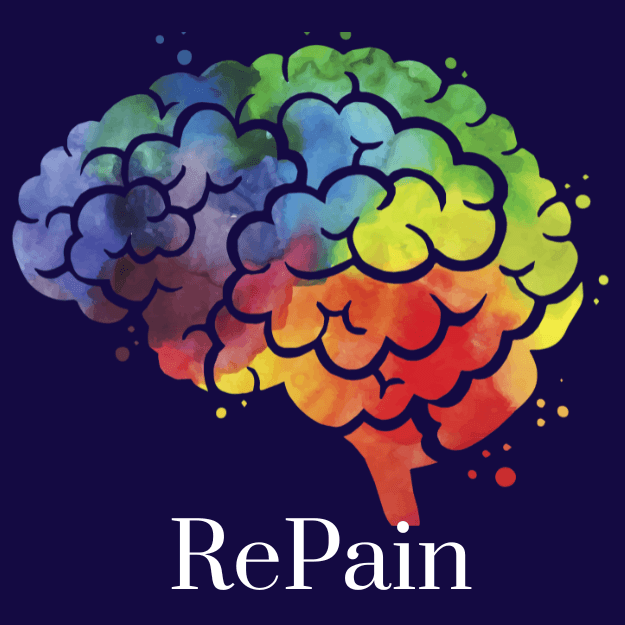Guided Imagery Techniques for Managing Chronic Pain
Understanding Guided Imagery
Guided imagery is a therapeutic technique that uses the power of imagination to promote relaxation and alleviate the perception of pain. This technique involves visualising positive and peaceful images, which can help distract the mind from discomfort and stress. For those living with chronic pain, guided imagery can be an effective tool for managing symptoms and improving overall quality of life.

How Guided Imagery Works
The principle behind guided imagery is simple yet powerful. By engaging the mind in visualisation, individuals can create a mental escape from their physical pain. This process typically involves listening to a recording or following a script that guides the user through a series of calming images and scenarios. The brain responds to these images as if they are real, which can lead to physiological changes, such as reduced muscle tension and lowered stress levels.
Benefits of Guided Imagery for Pain Management
Guided imagery offers several benefits for those coping with chronic pain:
- Stress Reduction: Visualizing calming scenes can lower stress hormones, which are often linked to increased pain sensation.
- Improved Sleep: By promoting relaxation, guided imagery can help improve sleep quality, which is crucial for pain management.
- Enhanced Mood: Positive imagery can uplift mood, reducing feelings of depression and anxiety that often accompany chronic pain.

Steps to Practice Guided Imagery
Practicing guided imagery is a straightforward process that can be done at home. Here are some steps to get started:
- Find a Quiet Space: Choose a comfortable and quiet environment where you won't be disturbed.
- Select a Script or Recording: Use a pre-recorded guided imagery session or read a script that resonates with you.
- Relax and Focus: Close your eyes, take deep breaths, and focus on the words or images being presented.
- Immerse Yourself: Allow yourself to fully engage with the imagery, letting go of tension and stress.
- Practice Regularly: Incorporate guided imagery into your daily routine for the best results.
Choosing the Right Imagery
The effectiveness of guided imagery heavily relies on selecting the right images that resonate with you personally. Some may find solace in imagining a serene beach, while others may prefer a lush forest or a cozy cabin in the mountains. The key is to choose scenes that evoke a sense of peace and contentment. Experiment with different settings until you find what works best for you.

Incorporating Guided Imagery into Your Routine
To maximise the benefits of guided imagery, consider incorporating it into your daily routine. Set aside a specific time each day for your practice, whether it's in the morning to start your day with calmness or in the evening to unwind before bed. Consistency is crucial to experiencing lasting relief from chronic pain.
If you're new to guided imagery, it may take some time to get used to the process. Be patient with yourself and remember that practice makes perfect. Over time, you'll likely find that guided imagery becomes an invaluable tool in your pain management toolkit.

The Science Behind Guided Imagery
Research has shown that guided imagery can lead to measurable changes in brain activity. Studies using brain imaging technologies have found that visualizing calming scenes can activate areas of the brain associated with relaxation and pain modulation. This scientific backing supports the idea that our thoughts and imagination can significantly influence our physical state.
While guided imagery is not a cure for chronic pain, it can complement other treatments and contribute to a more holistic approach to pain management. By harnessing the power of the mind, individuals can gain greater control over their pain experience and enhance their overall well-being.
